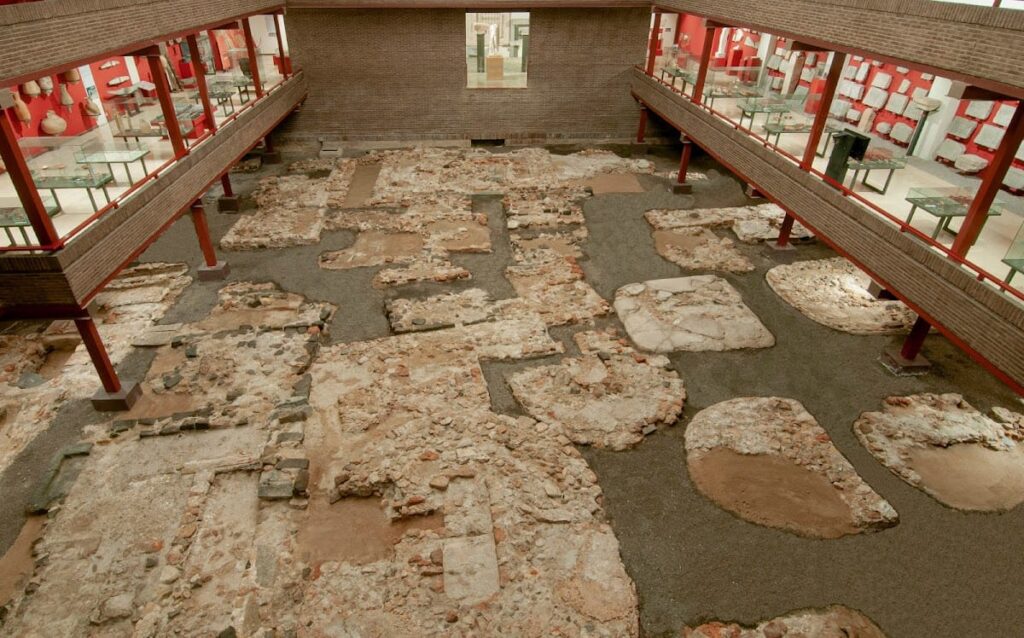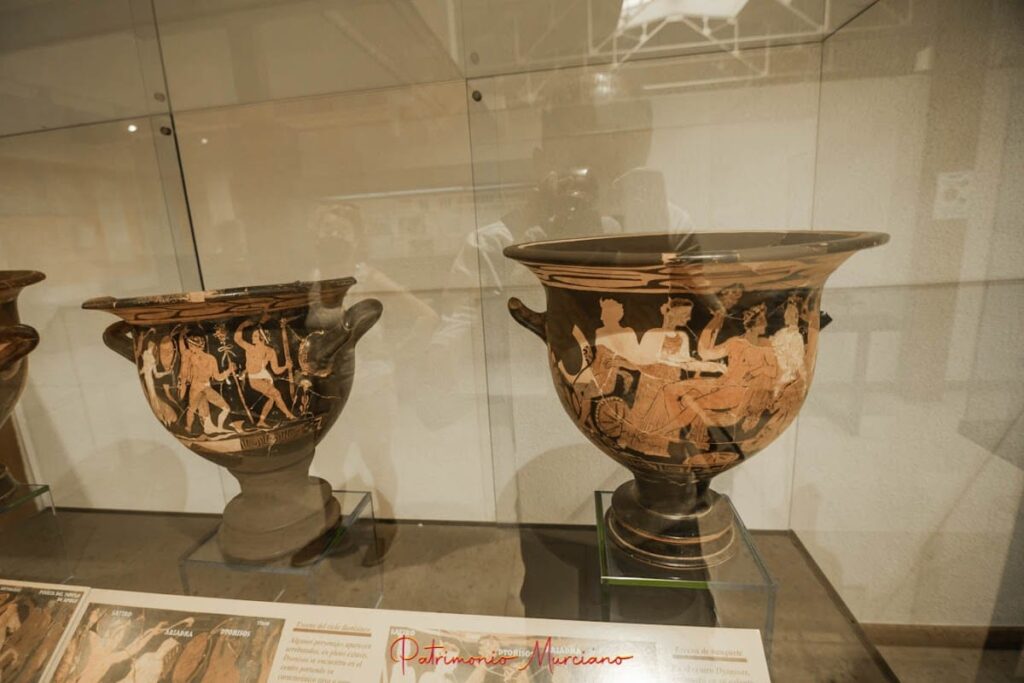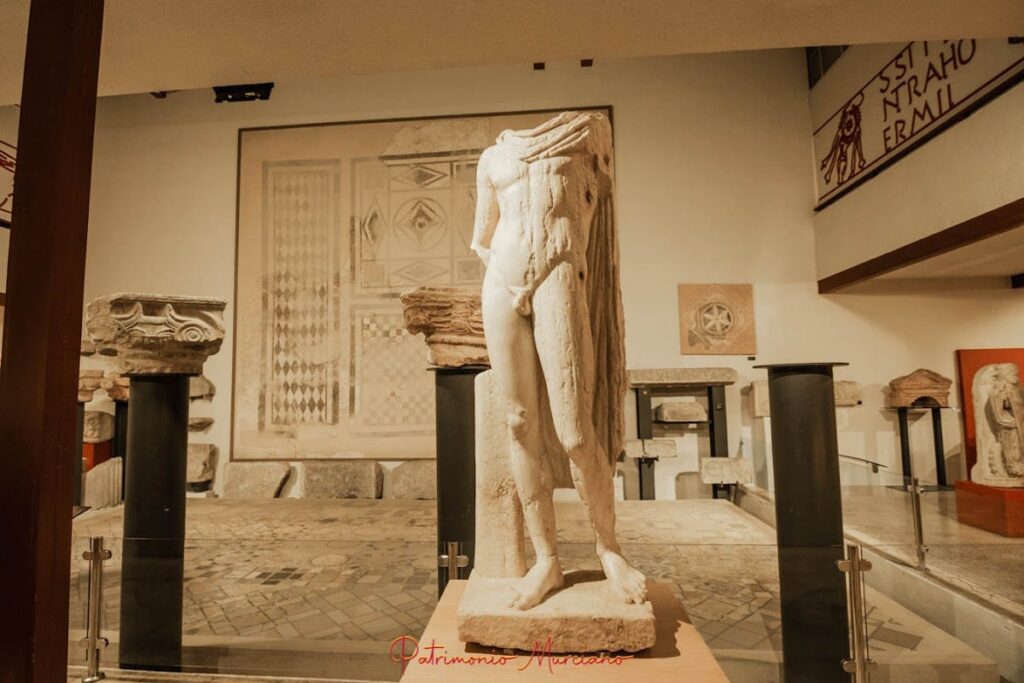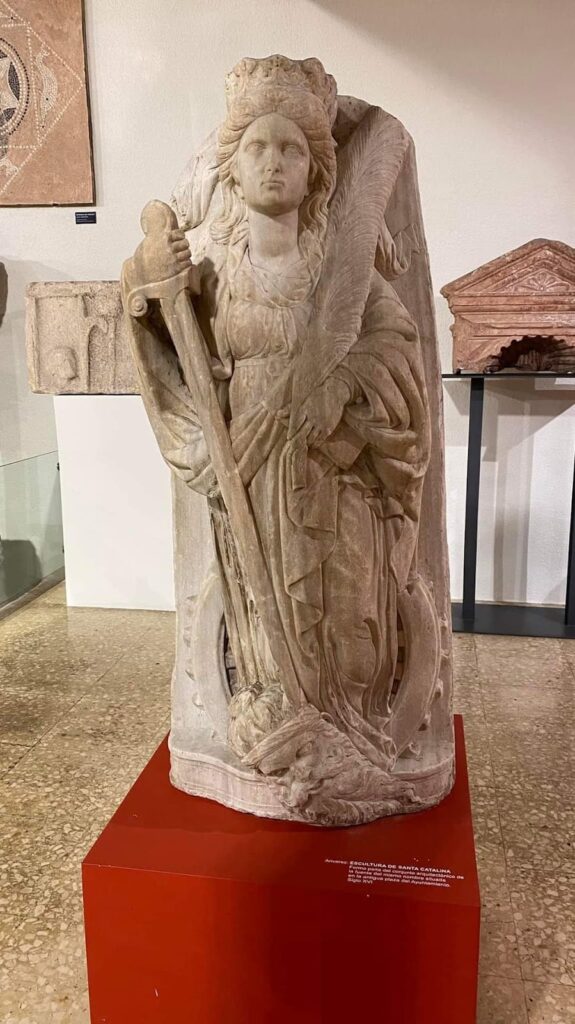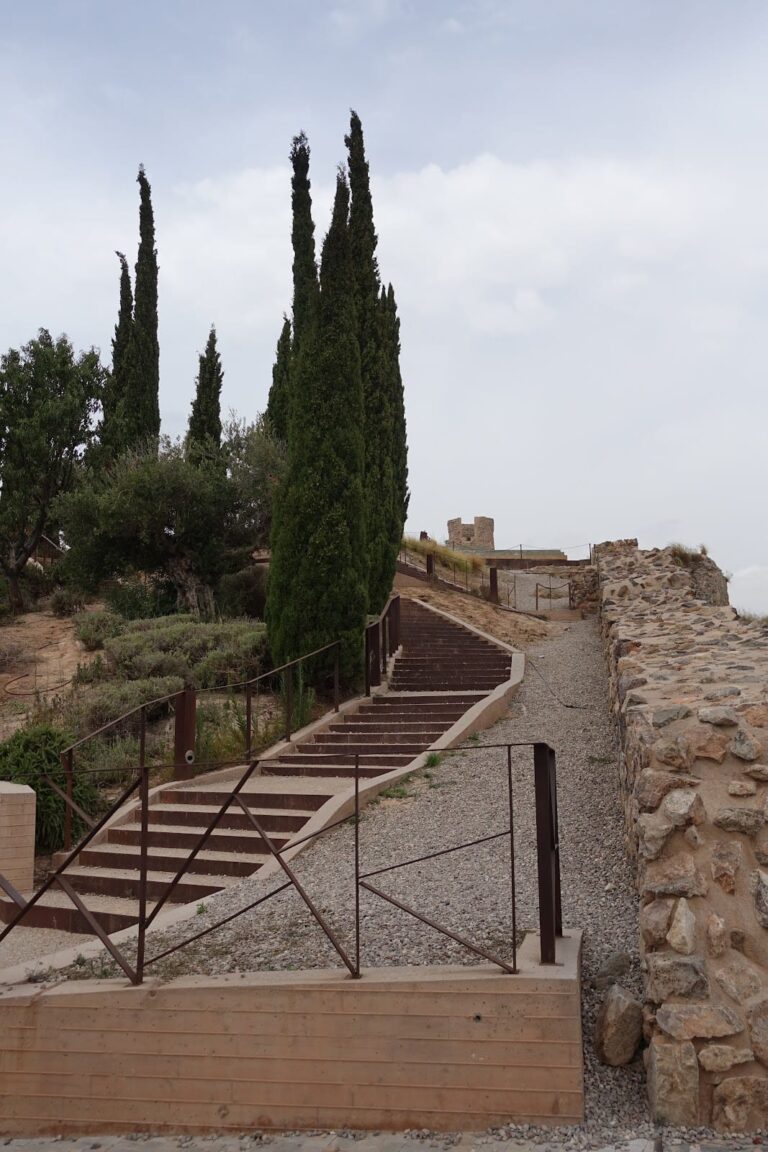Municipal Archaeological Museum of Cartagena
Visitor Information
Google Rating: 4.6
Popularity: Low
Google Maps: View on Google Maps
Official Website: museoarqueologico.cartagena.es
Country: Spain
Civilization: Byzantine, Phoenician, Roman
Remains: Museum
History
The Municipal Archaeological Museum of Cartagena is located in Cartagena, a city in the Murcia province of southeastern Spain. The museum itself was established in the mid-20th century to preserve and display the rich archaeological heritage of the area, which has roots extending back to ancient civilizations, particularly the Romans.
The museum was founded on October 25, 1943, under the direction of Antonio Beltrán Martínez. Its origins lie in several archaeological collections, most notably a significant group of Roman inscriptions that the city had preserved since the late 1500s. Initially, the museum was housed on the ground floor of the building now occupied by the Royal Economic Society of Friends of the Country, located on Calle del Aire. This society had been gathering archaeological artifacts from the Cartagena-La Unión mining district since the late 19th century. In 1883, it established a Mineralogical and Antiquities Museum, which later formed the foundation of the municipal museum.
A major development occurred in 1967 with the discovery of the San Antón Necropolis, an ancient burial site. Pedro San Martín, then the museum director, proposed constructing a new museum building centered on this necropolis to preserve it in its original location. The city council purchased the land and financed the adaptation of the site. After several delays, the new museum was inaugurated in 1982, integrating the necropolis into its structure.
Today, the museum is part of the Regional Network of Museums of Murcia and participates in cultural events such as the annual “Night of Museums,” which offers free access to the public.
Remains
The museum building is uniquely designed around the San Antón Necropolis, an ancient burial ground that remains visible from all points along the permanent exhibition route. This layout allows visitors to observe the archaeological site in situ, preserving its original context.
The collection spans a wide chronological range, from the Middle Paleolithic period to modern times. It places particular emphasis on artifacts from the Roman era, including Latin inscriptions, ceramics, architectural fragments, sculptures, mining tools, and objects related to trade.
Among the notable items on display are Punic ex-votos, which are offerings made to deities, as well as Iberian and Greek ceramics. Roman architectural elements include Corinthian capitals, which are decorative tops of columns, and sculptures recovered from the Roman forum. The museum also exhibits Roman mining tools and lead ingots, reflecting the region’s mining history. Byzantine artifacts such as tombstones and oil lamps are part of the collection.
The museum includes annexed facilities such as workrooms, a library, workshops, and photographic and restoration laboratories. These support ongoing archaeological research and the conservation of artifacts.

